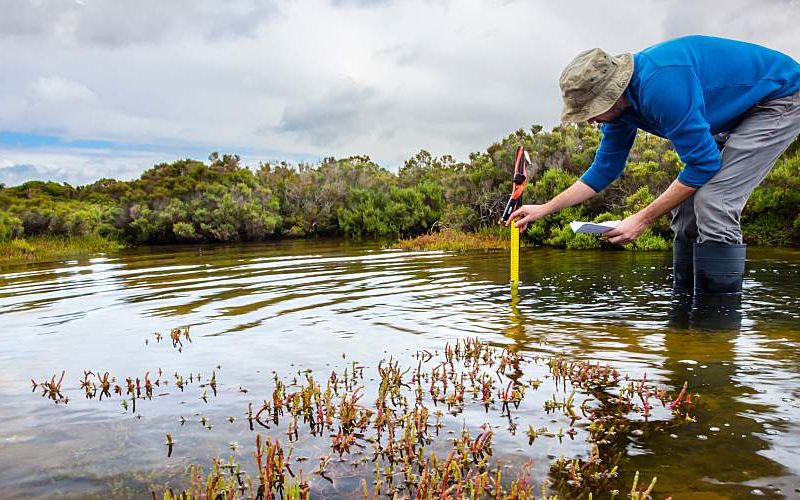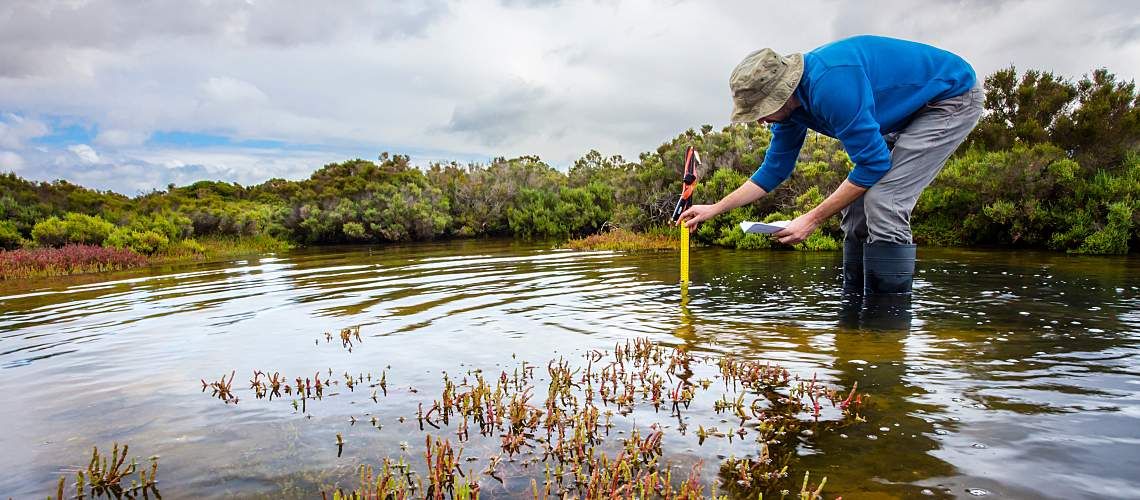Wetlands Lose Protections in Supreme Court Ruling


For more than a decade, Michael and Chantell Sackett battled the Environmental Protection Agency (EPA) in court over filling the wetlands on their property in the Idaho Panhandle. This case had significant implications nationally for water quality, development, and agriculture. The couple ultimately asked the Supreme Court to define what the 1972 Clean Water Act (CWA) meant when it gave the EPA the power to regulate the "waters of the United States."
On May 25, 2023, the Supreme Court ruled in Sackett v. EPA, removing CWA protections. This is critical because wetlands feed into lakes and rivers that are clearly covered by the CWA. A majority of the court agreed that the lack of clarity about the waters covered made it difficult for property owners to know when they were subject to federal environmental rules.
Here's a closer look at the case's background and its impact, the benefits of these water bodies, and potential repercussions.
Sackett v. EPA
The Sacketts purchased a lot in 2004 and obtained the permits needed to develop the site. Shortly after they began construction, the EPA notified the couple that the land was subject to its review because it contained wetlands about 300 feet from Priest Lake.
The case wended its way through the court system, ultimately reaching the Supreme Court twice. The court's conservative majority questioned the standard the EPA uses to determine if property is subject to federal permitting requirements and oversight. Chief Justice John Roberts wrote that water often flows underground in ways that are difficult to predict or measure.
Four justices disagreed with the court's definition of the types of water that should be subject to government regulation. Justice Brett Kavanaugh warned that the decision would have "significant repercussions for water quality and flood control throughout the United States."
Defining "Waters of the United States"
In its decision, the Supreme Court set a new standard. The EPA will now be allowed to regulate only wetlands with a "continuous surface connection" to a larger body of water in a way that makes them "indistinguishable." The EPA and landowners previously had to consider the chemical and biological connections with larger bodies of water. Because of this ruling, the CWA may no longer apply to close to 90 million formerly protected acres.
EPA Administrator Michael S. Regan expressed disappointment with the decision in a statement saying, "Over the past 50 years, we have made transformational progress—rivers that were once on fire have been restored and now sustain vibrant communities in every corner of the country. A common sense and science-based definition of 'waters of the United States' is essential to building on that progress and fulfilling our responsibility to preserve our nation's waters."
Abundant Ecosystem Services
Wetlands provide beneficial services for humans, fish, and wildlife. They clean water, recharge water supplies, reduce flood risks, and provide habitat for fish and wildlife. In addition, they offer sites for recreation, commercial fisheries, and research and education.
Determining the value of any one wetland is challenging, but almost all purify water. Plants filter water, capturing suspended sediments that settle on the wetland floor. Plant roots and microorganisms in the soil filter out nutrients from fertilizer runoff, manure, leaking septic tanks, and municipal sewage dissolved in water. In short, by the time water enters a larger water body, it's released much of the nutrient and pollutant load. This reduces the cost of treating water for public use.
In addition, these biologically productive areas support a diversity of species on par with rainforests and coral reefs. Abundant vegetation and shallow water provide a variety of habitats for fish and wildlife, and aquatic plant life thrives in the nutrient-rich environment. Energy converted by the plants passes up the food chain to fish, waterfowl, and other wildlife—and to humans. The abundant vegetation also stores massive amounts of carbon.
Repercussions of the Supreme Court Decision
Given the close relationship between all water bodies, Sackett v. EPA could have major impacts on water quality. When the Clean Water Act was passed in 1972, it's believed Congress intended to define "waters of the United States" broadly, with an understanding of how different water bodies are connected.
The Supreme Court ruling significantly constricted the definition. Unless states intervene, the decision will likely open more land for development without the requirement for a permit to fill wetlands. Wetland destruction will cause habitat loss and may increase flooding risk in nearby communities. Water quality monitoring labs and wastewater treatment facilities may feel the effects as the filtering functions of local wetlands are lost, and local citizens may bear the increased costs for healthy and safe water.






